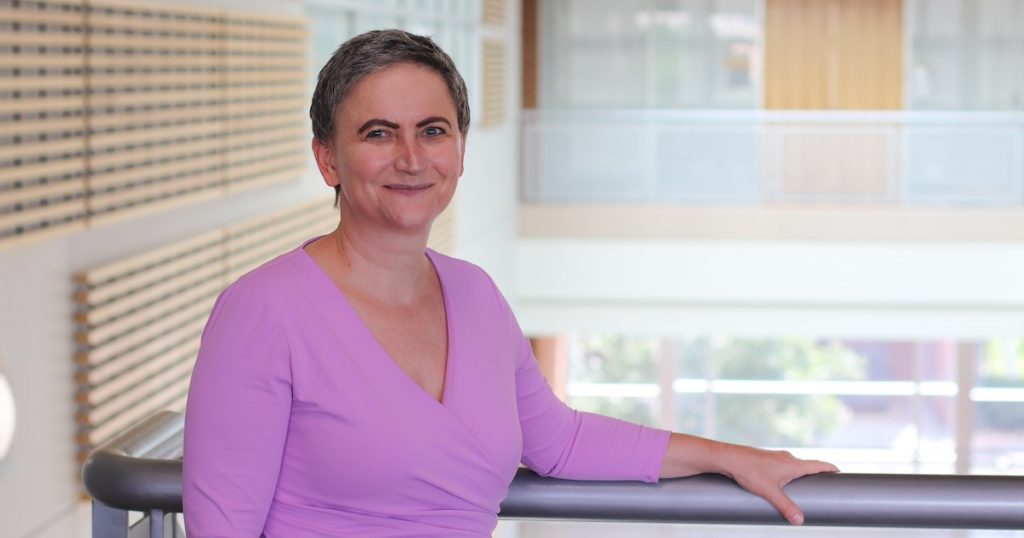A Thousand Miles, a Thousand Files
As climate change causes events like Hurricane Helene to become more common and increasingly severe, climatological studies are one of the best ways to prepare for extreme weather events and mitigate the damage.
“Climatological studies require accurate terrain data, with parameters like plant health and coverage or terrain steepness, to model land-atmosphere interactions and other ecological processes,” said Michela Taufer, a Dongarra Professor in the Min H. Kao Department of Electrical Engineering and Computer Science (EECS). “The ability to generate these parameters efficiently can significantly improve our understanding of the impacts of climate change across ecosystems and landscapes.”
The most useful climatological data sets have information on soil moisture, soil carbon content, hydrology, and other factors at a one-meter resolution. Just storing all the data exceeds the memory capacity of most commercially available computers; turning them into high-resolution parameter maps is incredibly computationally expensive.
That limits climatological studies to researchers who have access to, and can afford to use, supercomputers and other expensive equipment. Such resources tend to be far from the areas that are hardest hit by climate change.
“I am passionate about creating solutions that not only address pressing environmental challenges but also foster a collaborative and inclusive scientific community,” Taufer said. “That’s why my group and I are excited to deliver our new workflow, GEOtiled, which reduces the computational cost of these large datasets.”
Interdisciplinary, Multigenerational Effort
In 2023, Taufer and Rodrigo Vargas, a professor in the University of Delaware’s Department of Plant and Soil Sciences, received a $225,000 grant from the National Science Foundation (NSF) to create a scalable, efficient workflow for generating high-resolution terrain parameters and maps.
“We are thrilled to have Dr. Vargas on this project,” Taufer said. “His expertise in ecological processes, soil moisture dynamics, and remote sensing is invaluable for ensuring our generated terrain parameters’ scientific validity and practical relevance.”
Taufer and Vargas have collaborated with several other researchers from academia and federal agencies, including Valerio Pascucci of the University of Utah and Ilkay Altintas at the San Diego Supercomputer Center. This summer, the group received additional funding to bolster their progress through September of 2025.
In addition to high-resolution terrain maps, the grant also emphasized developing computer science expertise in students, especially those who belong to groups that have historically been underrepresented in the field. To achieve this goal, Taufer recruited students from Systers, a mentoring organization devoted to bolstering women in EECS.
“We aim to equip UT students with valuable experience in high-performance computing (HPC), cloud computing, advanced computer systems, and interdisciplinary collaboration,” Taufer said. “This project will prepare them to tackle significant environmental challenges and advance their academic and professional careers.”
Dividing Data Lets Everyone Get a Piece
The team published their new workflow for terrain parameter maps, GEOtiled, last fall. GEOtiled reduces the computational cost of large parameter datasets by dividing them into small, overlapping tiles and partitioning the tiles across multiple nodes in HPC and cloud-based systems.
The open-access tool is already available to researchers across the globe.
“Our scalable and efficient workflow for generating high-resolution terrain parameters will make this valuable data more accessible to researchers, contributing to more informed and sustainable practices,” Taufer said. “Keeping GEOtiled open access ensures that the generated data and tools will benefit a wide range of stakeholders, from academic researchers to policymakers, maximizing the project’s impact on society.”
Contact
Izzie Gall (865-974-7203, egall4@utk.edu)
